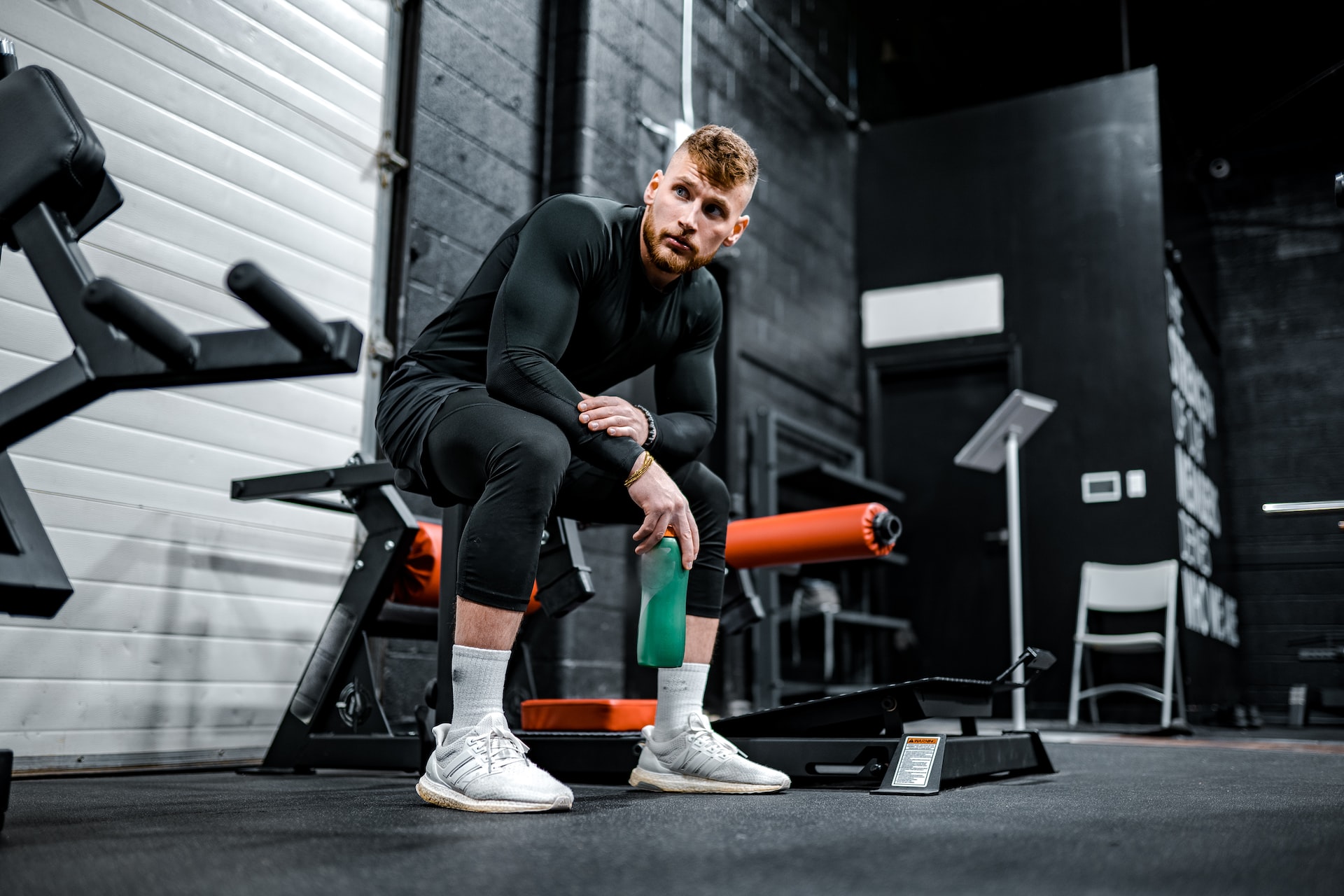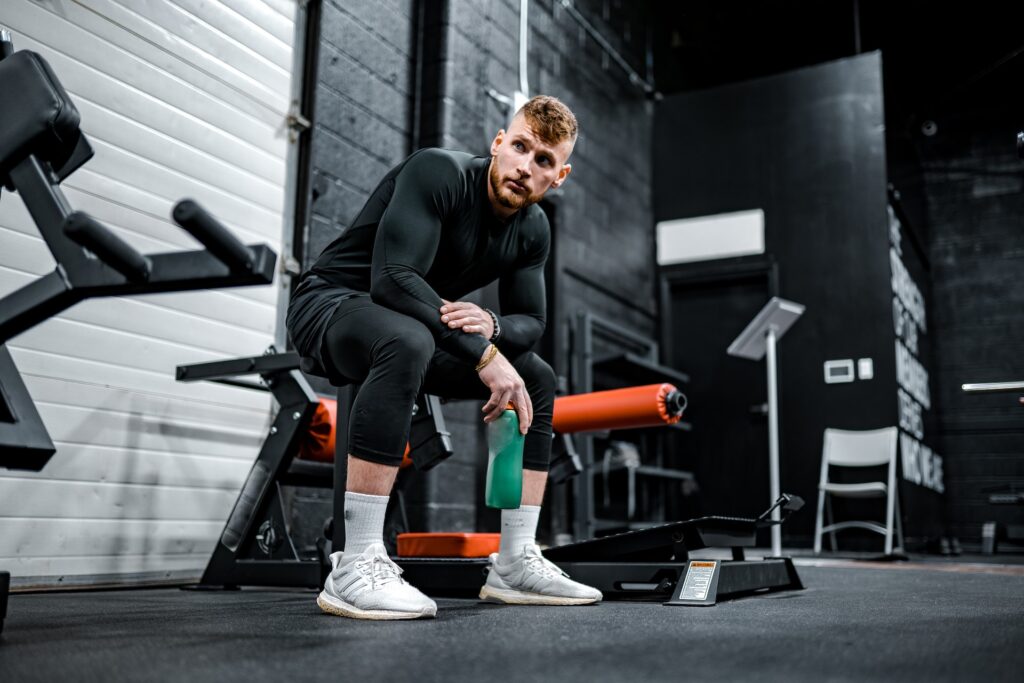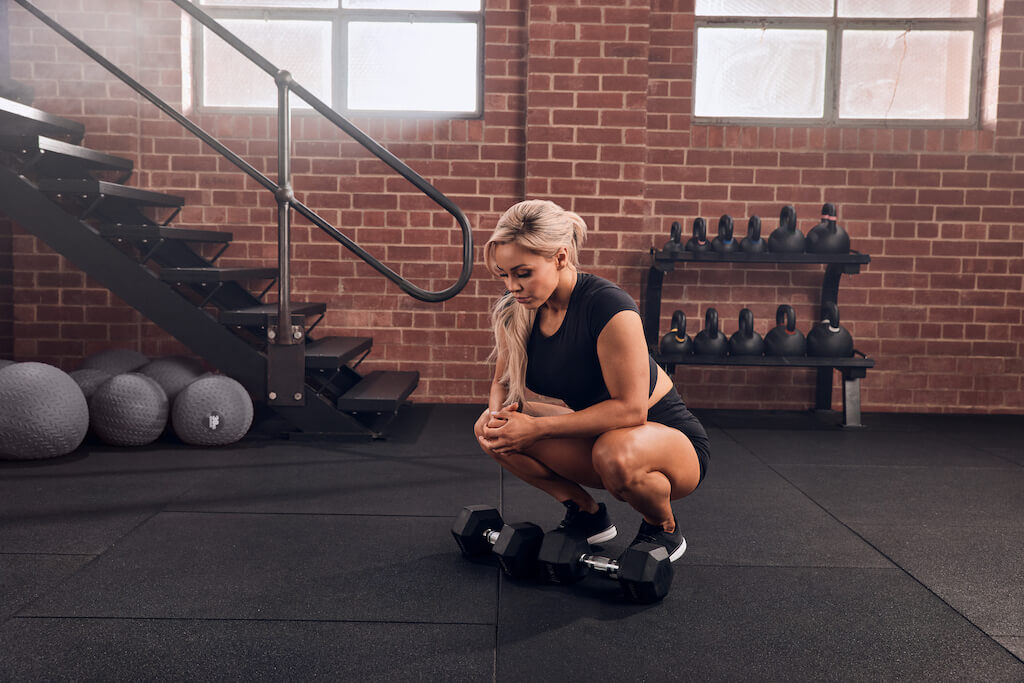
Most of us like the idea of achieving greater physical fitness, whether it’s to lose weight and look slimmer or just live a longer, healthier life. If you have plenty of experience eating healthily and exercising correctly, this journey is a familiar one. But what if you have no experience? What steps should you take in pursuit of this goal?
Table of Contents
Identify Your Biggest Challenges

Source: unsplas.com
First, it’s a good idea to identify the biggest challenges that have held you back from fitness for all this time. When you better understand the factors limiting your potential, you’ll be in a better position to overcome them.
For most people who have no experience with health and fitness, these are the biggest challenges:
- Motivation. Do you have trouble getting motivated? Or do you find it hard to continue a healthy lifestyle after even a few days of changes? If so, you need to find a foundational reason that drives you.
- Knowledge. Are you unsure about which exercises are most effective or which foods you should be eating? If so, your biggest barrier could be knowledge. Reading and listening to experts might be all it takes to close this gap.
- Physical condition. Some people find it hard to start a fitness regimen because they’re frustrated with their own physical condition. If you get winded from a short walk, it’s hard to convince yourself to go to the gym for an even more brutal workout.
- Mentality. Millions of people bail on their fitness journeys because they have the wrong mentality. Getting fit shouldn’t be treated as a one-time transformation; instead, you need to treat it as a lifestyle change that you’ll follow indefinitely. Instead of pushing yourself through intense rounds of fitness improvement for a few days or a few weeks, focus on making sustainable changes you can pursue forever.
Work With a Personal Trainer
According to Certified Personal Trainer, Nathan DeMetz, “Personal trainers work directly with you to help you understand your main objectives and the factors holding you back. They’ll educate you on proper form and proper exercise habits so you avoid injuring yourself while making incremental progress. They can motivate you when you’re feeling at your lowest, and celebrate your biggest victories with you.”
Get a Physical (and Talk to Your Doctor)

Source: medicalnewstoday.com
It’s also a good idea to have a physical examination and talk to your doctor before starting any new fitness journey. If you have any underlying conditions, or if there are any specific health risks you need to be aware of, this is your chance to find out. Your doctor may also have recommendations for dietary or lifestyle changes that can help you specifically.
Learn the Mechanics of Fitness
Spend time learning the mechanics of fitness. Don’t just scour the web for tips on how to lose weight fast or listicles about healthy dinners you can make. Instead, learn how the fundamentals of nutrition work. Learn how and why your body stores fat. Learn about how the body responds to exercise and how muscle is built.
These are big topics, but once you understand them, you’ll be able to make much more effective health and fitness decisions in your own life. Read books, listen to podcasts, or talk to your personal trainer to get more information here.
Set Goals

Source: unsplash.com
One of the most powerful motivational tools in your arsenal is going to be setting and achieving goals. You should have both short-term and long-term goals driving you; for example, you might set a short-term goal of walking 20 minutes a day, every day for a week, and a long-term goal of losing 40 pounds. These goals provide you with direction, a way to measure your progress, and a perfect excuse for celebration when you finally hit them.
Take Baby Steps
Don’t try to turn into a fitness guru overnight. Instead, take baby steps like these:
- Cut out or reduce junk food intake. Most of us eat junk food on a regular basis. These empty calories provide little to no nutrition, but a ton of calories. Examples of junk foods include sodas, ice cream, potato chips, and many common fast food items. If you can cut back on consuming junk food even slightly, you’ll see and feel a big difference.
- Introduce more nutritious food choices. You can also start introducing more nutritious food choices into your diet; fruits, vegetables, and lean sources of protein are all indispensable. Also, drink plenty of water throughout the day.
- Commit to daily exercise. Your initial exercise routines don’t need to be especially frequent or intense; what matters is that you build a daily habit. Commit to a daily habit of exercising, even if you’re just walking around the block for 20 minutes at a time. Once this habit is established, you’ll begin seeing improvements and you’ll have a much easier time introducing new routines.
Learn to Cope With Setbacks and Failures

Source: sweat.com
Next, make sure you have strategies in place to cope with setbacks and failures. In the early days of your fitness journey, you’ll have nothing but successes, but sooner or later, you’ll make a mistake or run into significant difficulty. Talking with friends, focusing on your achievements, taking time for self-care, and reflecting with the help of meditation or a journal can all help you here.
Keep Pushing
At this point, you’ll have the fitness foundation you need to continue making incremental improvements. Over time, you can increase the intensity of your workouts, exercise more frequently, and delve deeper into the world of healthy eating. Once you start looking better and feeling better, you’ll never want to go back to your old lifestyle.







